There can be your advertisement
300x150
Designing Clean Rooms: How Architects Can Promote Health and Hygiene
Clean rooms are essential for promoting health and hygiene. A clean room is free from dirt, dust, and other contaminants. When a room is clean, it helps prevent the spread of microbes, bacteria, and viruses that cause diseases. Additionally, clean rooms can reduce the risk of allergic reactions and other respiratory illnesses. The importance of clean rooms cannot be overstated, especially in today's world of pandemics.
Architects can play a key role in designing clean rooms. The design of a space has a significant impact on how easily it can be kept clean. Architects can consider factors such as ventilation, natural lighting, and materials that are easy to clean when designing spaces. They can also incorporate features such as touchless technology to reduce the spread of microbes.
Clean rooms are essential for promoting health and hygiene. A clean room is free from dirt, dust, and other contaminants. When a room is clean, it helps prevent the spread of microbes, bacteria, and viruses that cause diseases. Additionally, clean rooms can reduce the risk of allergic reactions and other respiratory illnesses. The importance of clean rooms cannot be overstated, especially in today's world of pandemics.
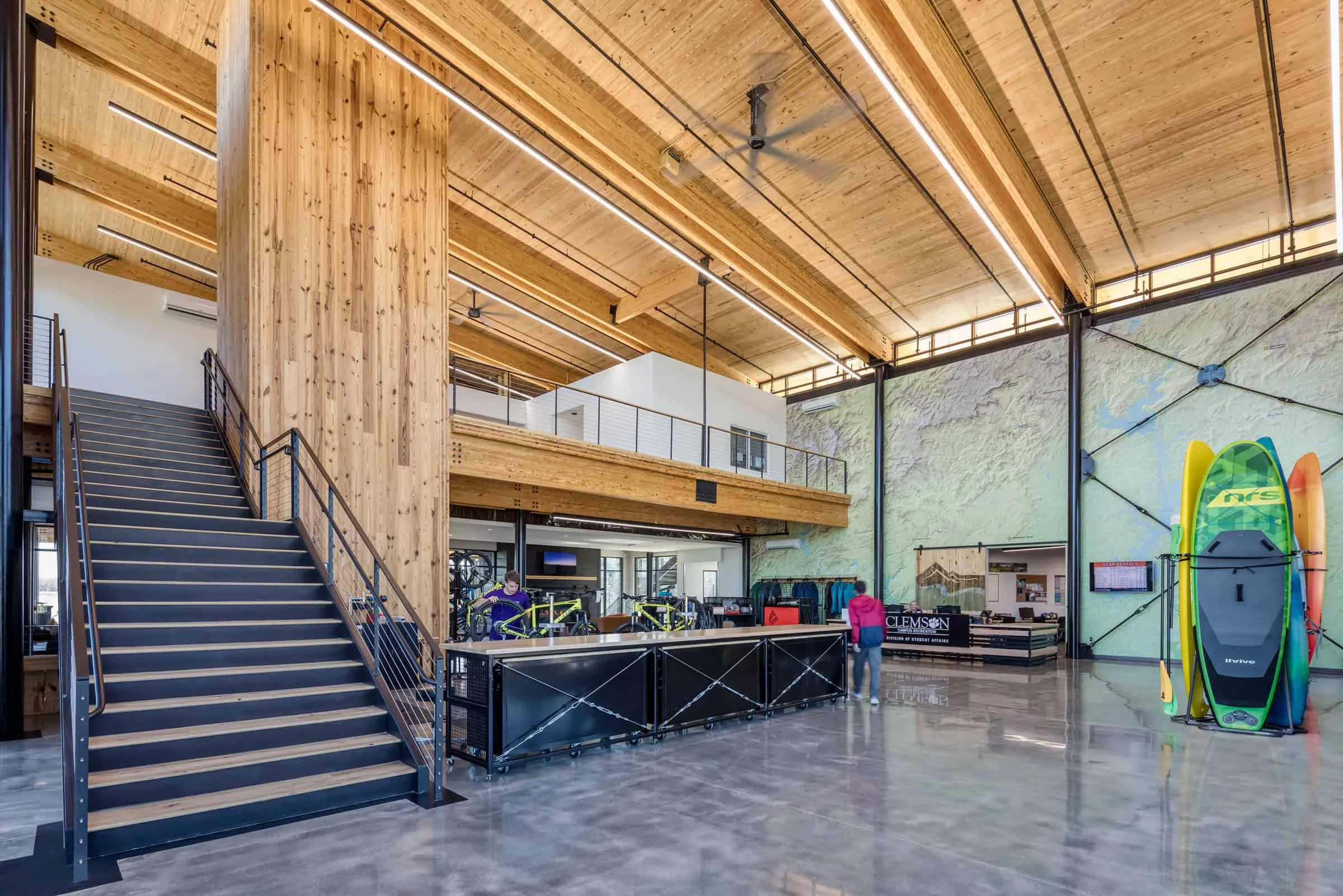
Architects can play a key role in designing clean rooms. The design of a space has a significant impact on how easily it can be kept clean. Architects can consider factors such as ventilation, natural lighting, and materials that are easy to clean when designing spaces. They can also incorporate features such as touchless technology to reduce the spread of microbes.
Strategies for Designing Clean Rooms
Challenges and Opportunities Architects Face When Designing Clean Rooms
Here are four main challenges and opportunities architects encounter when designing clean rooms:
Conclusion
Designing clean rooms is crucial for creating a healthy and safe environment for residents, employees, and visitors. Including features such as easily cleanable surfaces, adequate storage space, and effective waste management systems, property owners and managers can prevent the accumulation of dirt, dust, and trash that may attract insects and pose health risks. Furthermore, designing clean rooms can reduce maintenance costs, improve energy efficiency, and enhance the overall aesthetic appeal of real estate. Let's prioritize clean and healthy environments in our real estate projects and create spaces that promote health and sustainability.
More articles:
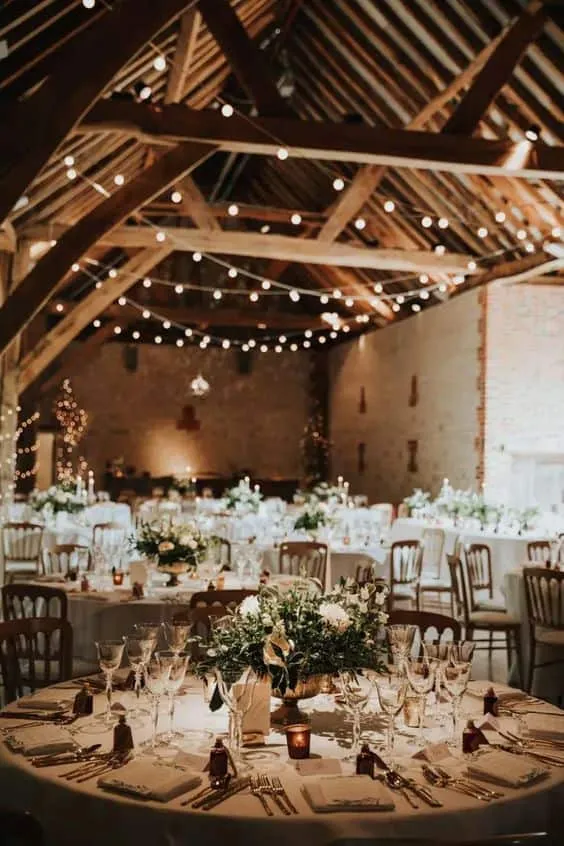 Ideas for Dreamy Rustic Wedding Landscape Decorations
Ideas for Dreamy Rustic Wedding Landscape Decorations Tips for Decorating a Narrow Balcony
Tips for Decorating a Narrow Balcony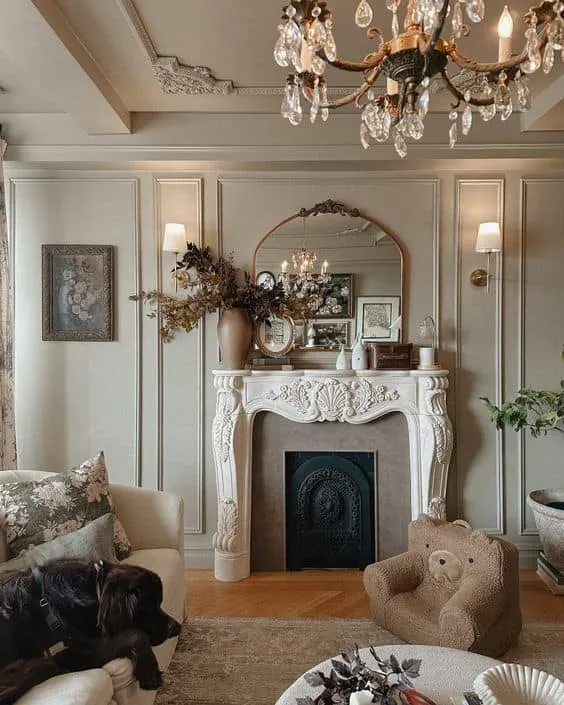 Decorating Home with Ethereal Elements and Airy Accents
Decorating Home with Ethereal Elements and Airy Accents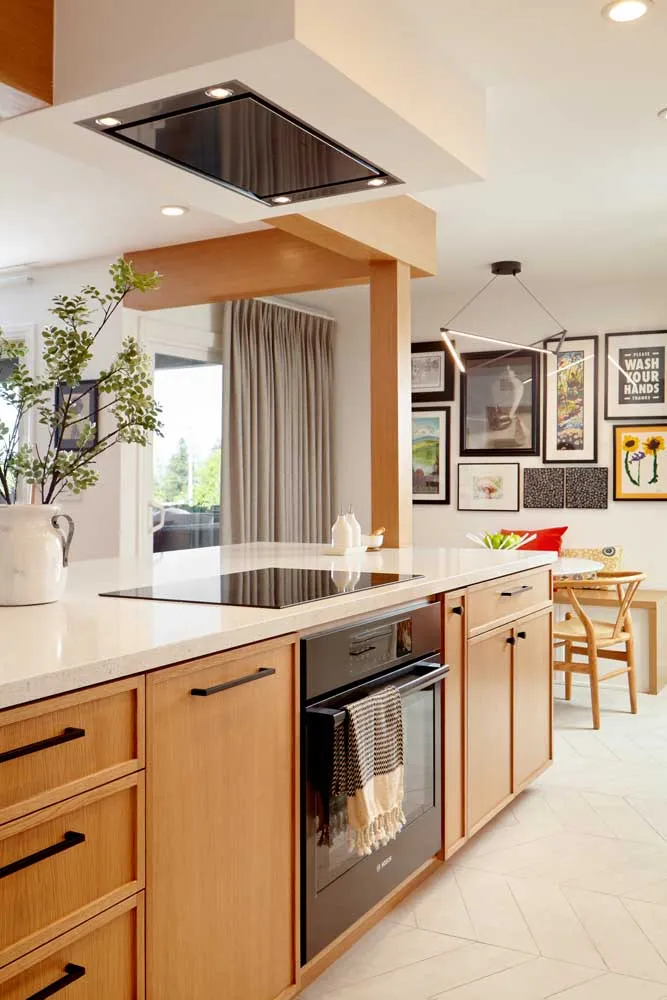 Ideas for Decorating with Built-in Stove
Ideas for Decorating with Built-in Stove Ideas for Interior Decoration Using Navy Blue Color as a Main Element
Ideas for Interior Decoration Using Navy Blue Color as a Main Element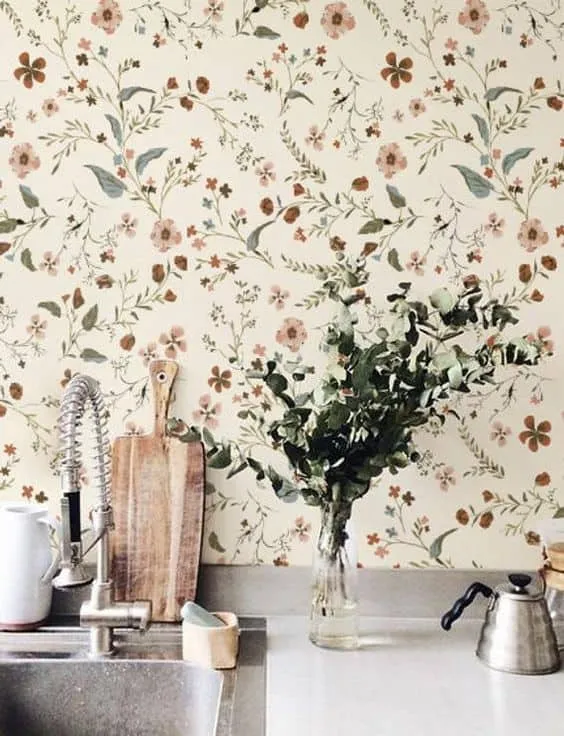 Secrets of Decorating You Can Apply in Your Home
Secrets of Decorating You Can Apply in Your Home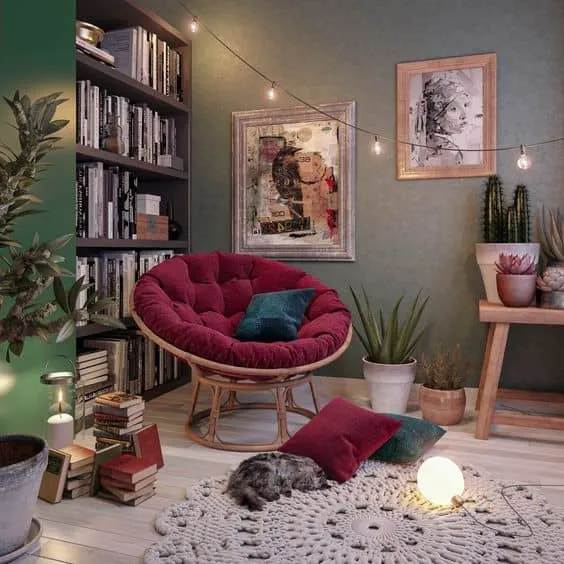 Tips for Decorating a Reading Corner in the Living Room
Tips for Decorating a Reading Corner in the Living Room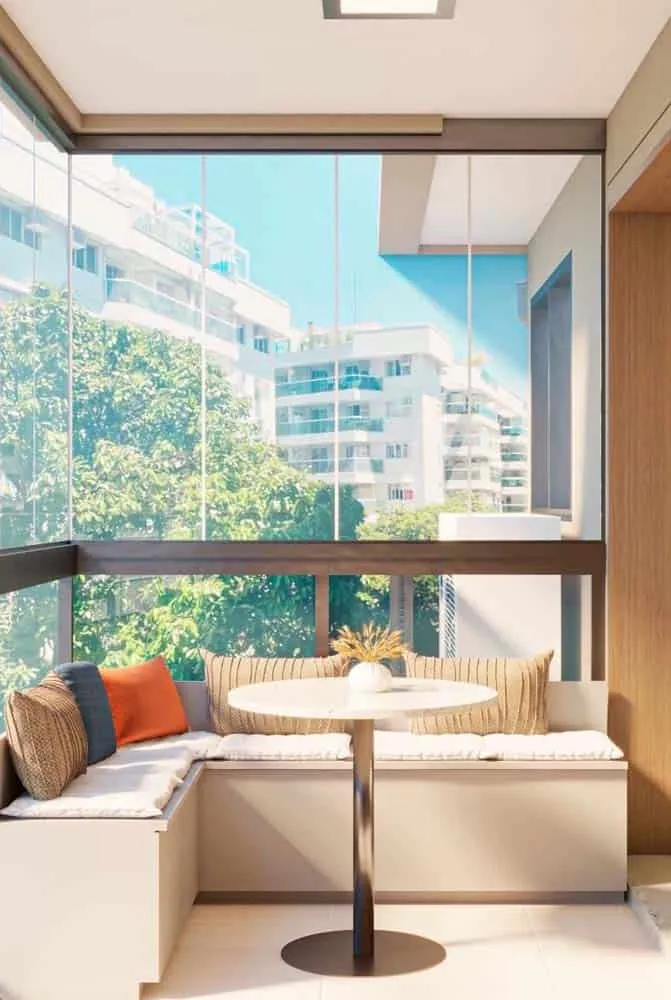 Tips for Installing a German Corner in Home Conditions
Tips for Installing a German Corner in Home Conditions